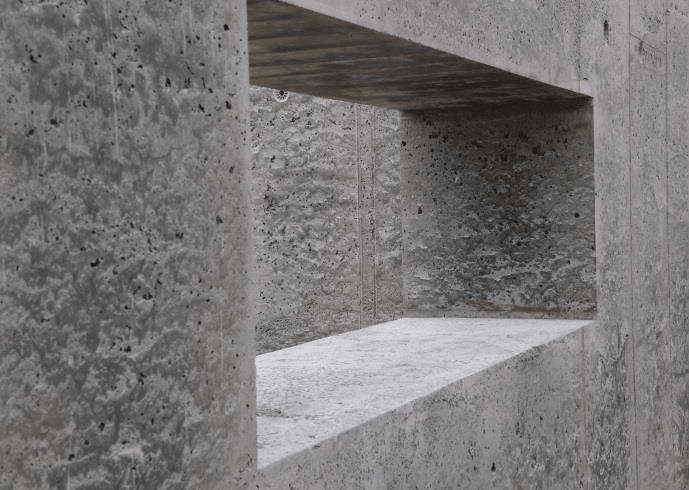MegaStructures
Structural
- Sep 26, 2019
- 376
General theory question that is not related to a specific project.
What are the expected consequences of cutting a large hole greater than 3' in diameter in a reinforced concrete wall and are there fairly simple methods to avoid these consequences by strengthening the opening? For example I expect the consequence of cutting through a RC wall would be
1) Flexural rebar would be interrupted and would lessen the buckling capacity of the wall at that section due to the reduction in flexural capacity of the wall at that section.
2) If a square, or rectangular hole, is cut, there would be cracking at re-entrant corners, which could spall and expose rebar.
3) Cutting a hole in the middle of the wall would make the area of the wall directly above the cut act as a deep beam, which introduces a new set of expected behavior with a tie forces forming directly above the opening and introducing a possible tension failure mode right above the opening. This is possibly avoided by making the opening circular?
Are there additional concerns that would need to be taken into consideration and could the opening simply be strengthened with a steel collar welded to the existing rebar that has sufficient strength to transfer required moment and shear forces rather than performing a full analysis of the wall. Would there be a large concern that a steel collar would be to flexible to transfer the required forces.
This is a pretty open ended question, but the theory is interesting and hopefully somebody can help me add to my thought.

What are the expected consequences of cutting a large hole greater than 3' in diameter in a reinforced concrete wall and are there fairly simple methods to avoid these consequences by strengthening the opening? For example I expect the consequence of cutting through a RC wall would be
1) Flexural rebar would be interrupted and would lessen the buckling capacity of the wall at that section due to the reduction in flexural capacity of the wall at that section.
2) If a square, or rectangular hole, is cut, there would be cracking at re-entrant corners, which could spall and expose rebar.
3) Cutting a hole in the middle of the wall would make the area of the wall directly above the cut act as a deep beam, which introduces a new set of expected behavior with a tie forces forming directly above the opening and introducing a possible tension failure mode right above the opening. This is possibly avoided by making the opening circular?
Are there additional concerns that would need to be taken into consideration and could the opening simply be strengthened with a steel collar welded to the existing rebar that has sufficient strength to transfer required moment and shear forces rather than performing a full analysis of the wall. Would there be a large concern that a steel collar would be to flexible to transfer the required forces.
This is a pretty open ended question, but the theory is interesting and hopefully somebody can help me add to my thought.


![[idea] [idea] [idea]](/data/assets/smilies/idea.gif)
